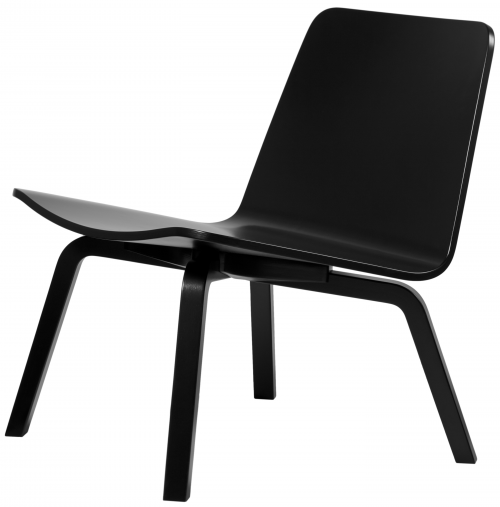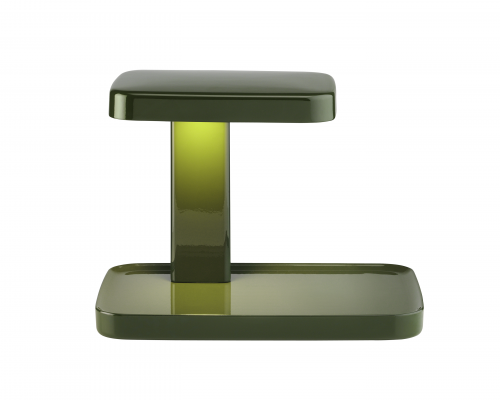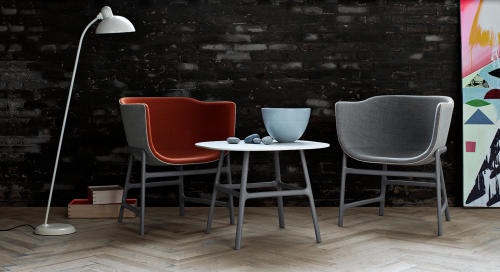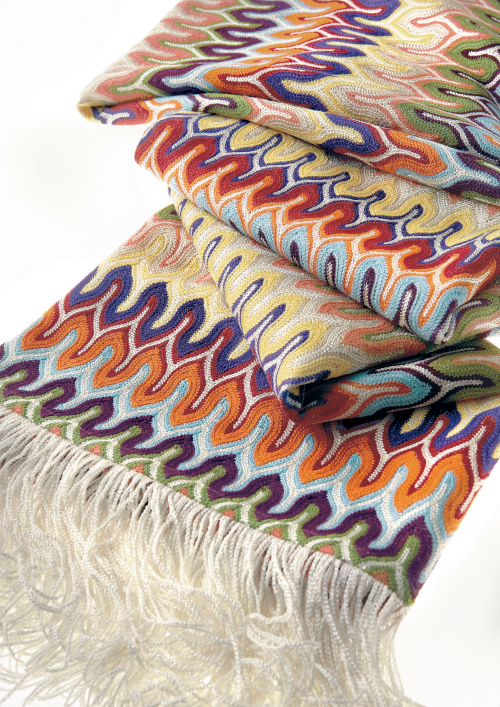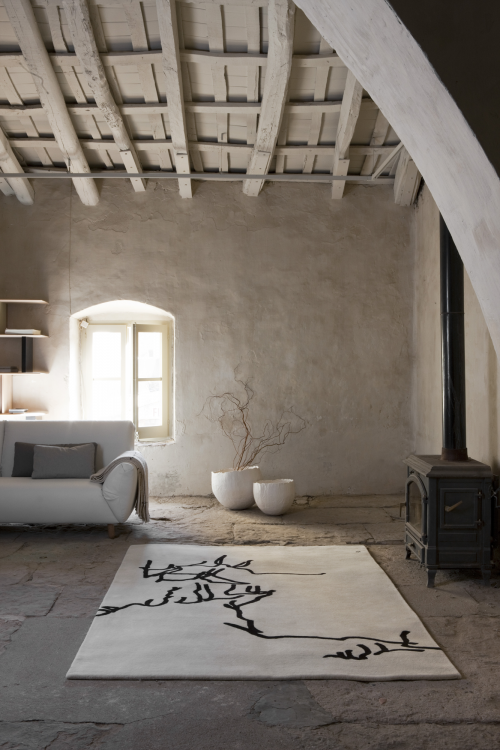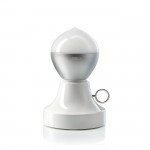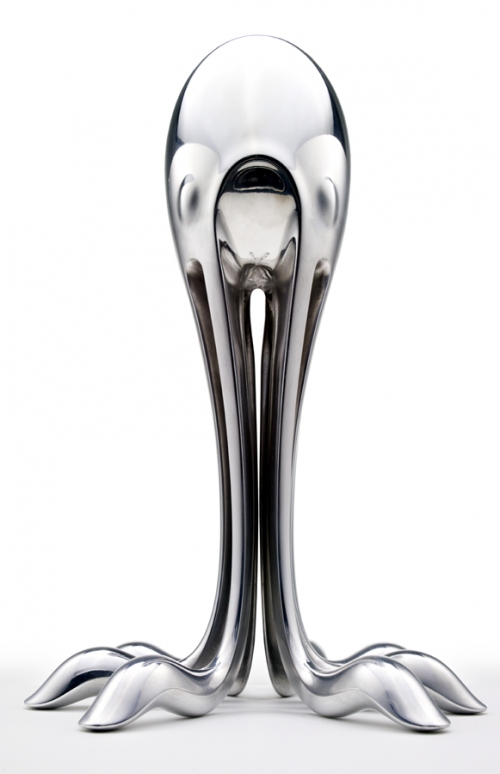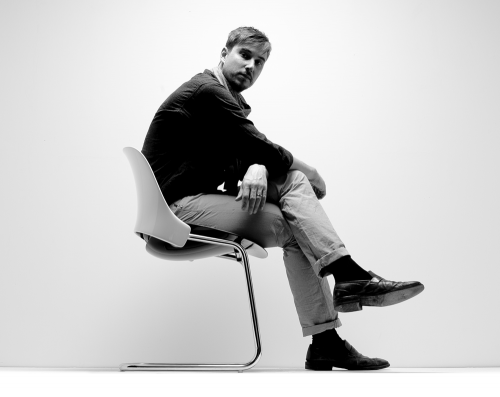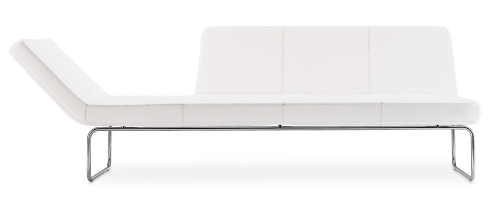Niels diffrient: ergonomics icon.
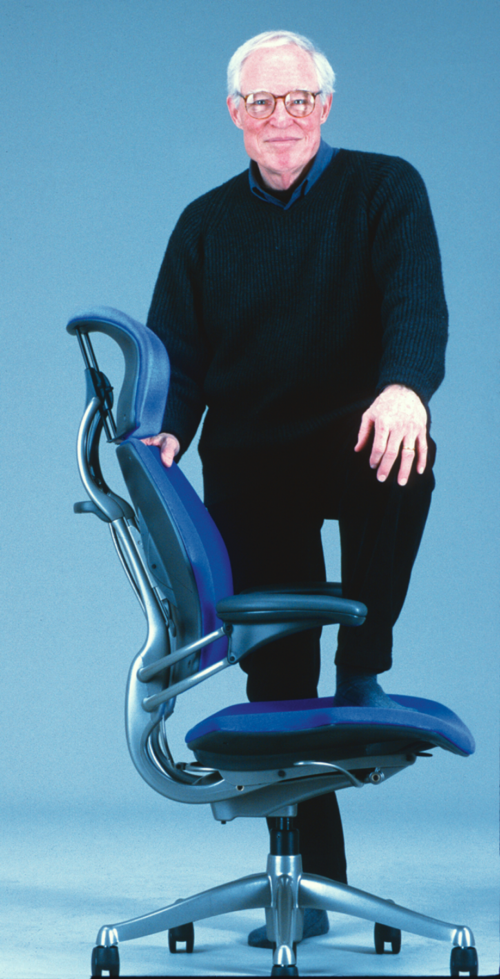 diffrient | freedom chair | 1999
diffrient | freedom chair | 1999
Niels Diffrient Obit
By
Brian Lutz
Niels Diffrient, the artist, architect, author, and industrial designer whose seminal research on ergonomics established standards for the furniture industry, died at his home in Ridgefield, Connecticut on 8 June 2013. Diffrient was 84.
Diffrient’s death was announced by wife, Helena Hernmarck, the internationally acclaimed textile artist.
Niels Diffrient was born on the sixth of September, 1928, on a farm near the small town of Star, Mississippi. He was a gifted, curious child, full of wonder for the things around him, and he loved to draw. From his earliest days, Diffrient took the measure of his world and rendered his impressions with uncommon ability.
In the first six years of Diffrient’s life the national economy faltered and failed, and the Great Depression took an enormous toll on the lives of Mississippi farmers. Robert Diffrient, Niels’ father, left his family in 1934 and hitchhiked to Detroit to look for work. Factories such as those of the Detroit auto industry were looking for workers, and after a short time found work and sent for his wife and son. Niels’s imagination took root in the new setting.
Lessons from the farm gave way to the experiences of northern urban schools, and his artistic interests flourished. Diffrient was fortunate in that the public school he attended was Cass Technical High School, where his interest in drawing airplanes led him to the curriculum for aeronautical engineering. He recalled in his recent autobiography, Confessions of a Generalist, that he struggled with the scientific subjects at Cass until a fellow student saw his drawings and recommended that he transfer to the art department, where his talent found recognition. Upon graduation, Diffrient applied to and was accepted at the Cranbrook Academy of Art.
During his years at Cranbrook, Diffrient was employed by the headmaster’s son, Eero Saarinen, to assist in the development of two chairs Saarinen designed for production by Knoll Associates, the Model 71 and Model 72. Diffrients’ first exposure to the workings of a manufacturer bringing a design to production occurred in meetings between Saarinen and Florence and Hans Knoll. He recalled: “There was little talk of things like market share. It was the days when there was mostly a lot of interest in proving modernist principles.”
Following Diffrient’s graduation from Cranbrook, he was awarded a Fulbright Fellowship for study in Italy, where he met Marco Zanuso, the architect and designer. Zanuso asked Diffrient to work with him on the design of a sewing machine for the Italian company Borletti. Their design won the Compasso D’Oro award at the 1957 Milan Triennale, Diffrient’s first award for an industrial product.
On his return from Italy in 1955, Diffrient joined the New York-based design firm of Dreyfuss Associates in their Pasadena, California office. Henry Dreyfuss was one of the first members of the emerging group that had come to be known as industrial designers. Dreyfuss was one of the best. Niels had the primary responsibility for managing the designs for: the Princess telephone, John Deere tractor seats, the Polaroid SX-70 camera, and the corporate identity and interiors of American Airlines aircraft.
The aspect of making machines fit people, or what Dreyfuss called human-factors engineering, ignited Diffrient’s interest. The collected information from Dreyfuss’s human-factors research was presented as anthropometric charts with an explanatory booklet in The Measure of Man, published by Mullen Books in 1967. Diffrient expanded on these findings with his own research and, together with Dreyfuss colleagues Alvin R. Tilley and Joan C. Bardagjy, he authored Humanscale 1/2/3, which was published by MIT Press in 1974. Humanscale 1/2/3, a set of three rotary dial selectors, quickly became the standard reference for ergonomic engineering by architects and industrial designers. The first series was followed by Humanscale 4/5/6 in 1981, and Humanscale 7/8/9 in 1982.
In 1980 Diffrient left Dreyfuss to pursue an independent career in design, with a specific focus on products for the office, where, as he observed, “the most consistent ingredient is the chair.” The remaining years of Diffrient’s career consisted of the design and development of seating that changed the furniture industry’s approach to office chair design. Diffrient invested his intellect in the experience of sitting, not in the dazzle of a chair as an object.
His explanation of how his Freedom chair, for Humanscale, eliminates the need for a tension control mechanism by having the chair use the occupant’s weight to determine tilt resistance, was a lesson in how Diffrient approached design: he made the chair smart, seeing that as an advancement over the conventional need of the occupant to master an archaic system of buttons and knobs and levers. In addition to his extensive range of seating and lighting for Humanscale, Diffrient designed products for Knoll International (1979), Sunar-Hauserman (1984), Howe (1992), and KI International (1998). Diffrient held nearly sixty patents on furniture, seating and mechanical systems; his honors and awards number in the hundreds.
In spite of his chosen area of professional specialization in furniture, Diffrient considered himself a generalist, which he defined as being “a kind of ombudsman between the user and his circumstance.” Diffrient took a path to his designs through experience, utility, and, finally, aesthetics, a process he considered the reverse of that used by specialist designers who start with form. While it may seem surprising, it is completely consistent with this life approach that Diffrient took up ice dancing for exercise and recreation when he retuned to New York in 1969, for in ice dancing Diffrient exhibited his customary flair for precision, grace and beauty, much like the qualities found in the sixty years of products which bear the imprint of his tireless intellect.
Bob King, CEO of Humanscale, talked about how he and Diffrient shared a philosophy of making things that are easy to use. “Niels believed in the importance of function and knew that great design must be driven by function. This is why his products often transcend any specific time or place. What he believed in is so evident in his work, that his legacy will live on through his designs. On a personal note, some of the most joyful times in my life were those we spent together. He was a great friend and he will be missed.” When King met Diffrient, King’s company did not produce chairs, but he recalled how after seeing Diffrient’s prototype designs for what became the Freedom chair he felt like he had “just seen the future of task seating.”
A fitting summary of Diffrient’s legacy can be found in the words of Helena Hernmarck. She said of her husband: “It was Niels’ intention to enlarge on his unique approach to design which he hoped would lead the field of product design towards becoming a recognized profession, as opposed to being an activity. Niels was always true to the standards of usefulness. If a product was not useful he referred to it as decorative art.”
He is survived by his wife, Helena Hernmarck, the internationally known tapestry artist, and three children: Scott and his partner Florence Sohn, Julie and her husband Nigel Miller, Emily and his brother Roy Diffrient and his sister Betty Herring.
In lieu of flowers, the family suggests gifts to Cranbrook Academy of Art. These may be sent to:
Niels Diffrient Memorial Fund
Cranbrook Academy of Art
39221 Woodward Avenue, PO Box 801
Bloomfield Hills, Michigan 48303-0801
Brian Lutz worked in the New York sales division of Knoll before moving to Helsinki where he served as export director for Artek Oy Ab, the company that oversees sales and distribution of the furniture of Alvar Aalto. Lutz is the author of Eero Saarinen: Furniture for Everyman, published by Pointed Leaf Press in 2012, and Knoll: A Modernist Universe, a history of the company published by Rizzoli in 2010.




